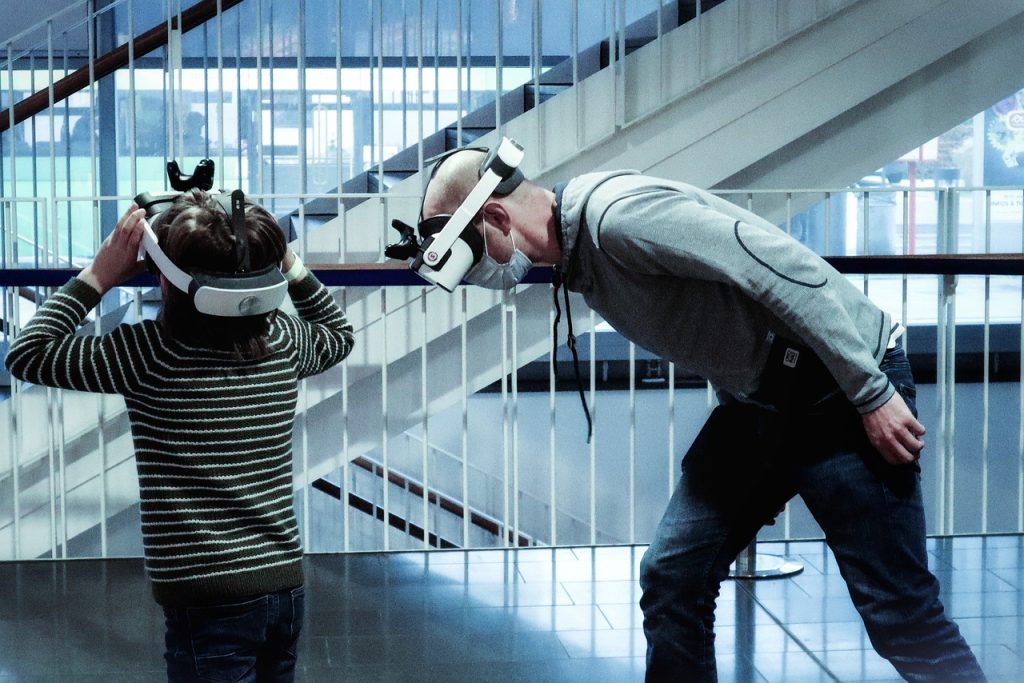The Reality Benders: Welcome to the Future
Imagine a world where technology doesn’t just display information – it creates entire universes. Augmented and Virtual Reality (AR/VR) isn’t science fiction anymore. It’s the next quantum leap in human-computer interaction, and the developers who create these worlds are the modern-day Leonardo da Vincis of technology.
The AR/VR Talent Landscape: More Than Just Code
Why These Developers Are Unicorns
AR/VR developers aren’t your typical software engineers. They’re:
- Spatial computing architects
- Experience designers
- Sensory interaction engineers
- Imagination engineers
The Market Reality 🌐
- Global AR/VR market projected to reach $209.2 billion by 2022
- 82% of companies expect significant AR/VR adoption in next 3 years
- Demand for AR/VR talent has grown 1,400% in the past decade
The Multidisciplinary Marvel: AR/VR Developer Skills
The Technical Arsenal
Core Competencies:
- 3D modeling and animation
- Game engine expertise (Unity, Unreal Engine)
- Programming languages (C#, C++, JavaScript)
- Spatial computing concepts
- Graphics optimization
- Cross-platform development
- Hardware interaction protocols
Beyond Tech: The Human Element
Crucial Soft Skills:
- Spatial thinking
- Creative problem-solving
- User experience design
- Interdisciplinary collaboration
- Continuous learning mindset
Hunting for AR/VR Talent: Where to Look
Talent Hotspots
- Academic Ecosystems
- Specialized VR/AR research programs
- Computer science departments with immersive tech focus
- Digital media and interaction design programs
- Tech Communities
- VR/AR specialized conferences
- Game development forums
- Open-source mixed reality platforms
- Hackathon events
- Emerging Tech Hubs
- Silicon Valley
- Seattle
- Boston
- Tel Aviv
- Shenzhen
Recruitment Strategies That Work
Beyond Traditional Hiring
- Project-Based Assessments
- Create immersive challenge scenarios
- Evaluate spatial design skills
- Test problem-solving in 3D environments
- Portfolio Evaluation
- Look for creative, innovative projects
- Assess technical complexity
- Understand user interaction design
- Collaborative Interviews
- Interactive design challenges
- Pair programming in virtual environments
- Real-time problem-solving sessions
Compensation and Attraction
The Total Value Proposition
Competitive Compensation Range:
- Entry-level: $80,000 – $120,000
- Mid-level: $120,000 – $180,000
- Senior/Specialized: $180,000 – $250,000+
Beyond Salary:
- Cutting-edge technology access
- Research and development opportunities
- Patent potential
- Professional growth support
Technology Stack to Master
Key Tools for AR/VR Development
- Unity 3D
- Unreal Engine
- WebXR
- Oculus SDK
- ARKit
- ARCore
- Vuforia
- OpenXR
Challenges in AR/VR Hiring
🚨 Potential Recruitment Pitfalls:
- Narrow technological focus
- Underestimating interdisciplinary skills
- Lack of understanding of immersive design
- Traditional interview methods
- Overlooking creativity and spatial thinking
The Future is Immersive
Industries Revolutionized by AR/VR:
- Healthcare
- Education
- Manufacturing
- Entertainment
- Real Estate
- Military Training
- Retail
- Tourism
Your AR/VR Talent Acquisition Roadmap
- Develop a forward-looking recruitment strategy
- Create compelling, mission-driven job descriptions
- Build a culture of technological innovation
- Invest in continuous learning
- Offer cutting-edge technological exposure
The Human Behind the Headset
AR/VR developers aren’t just building applications. They’re:
- Expanding human perception
- Creating new interaction paradigms
- Bridging digital and physical realities
Final Thought
The next digital frontier isn’t about coding. It’s about reimagining reality itself.
🌟 Hire Dreamers. Build Universes. 🚀

